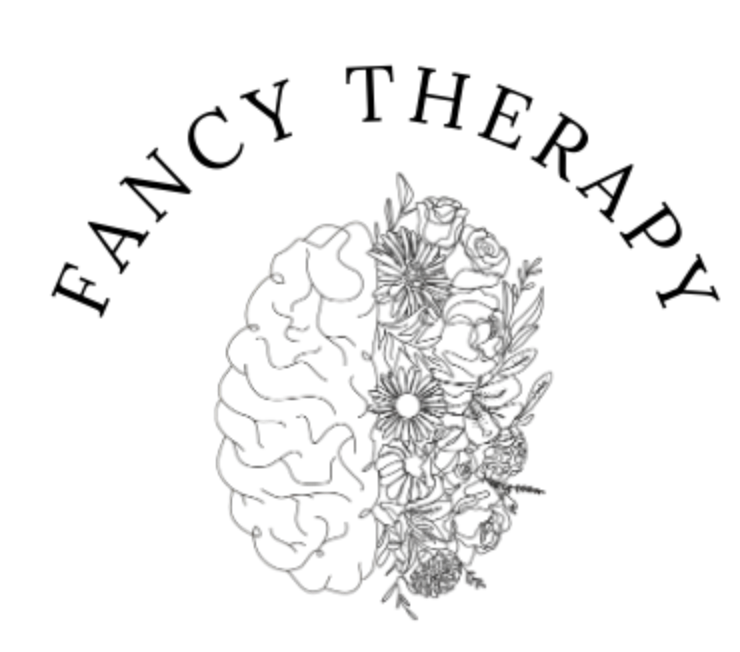Winter's Chill: Navigating the Shadows of Seasonal Affective Disorder
Welcome to a space of understanding and compassion – a place where we delve into the intricate dance between mental health and the changing seasons. As the winter months cast their shadows, we explore the phenomenon known as Seasonal Affective Disorder (SAD). In this blog post, we'll unravel the nuances of SAD, offering support, strategies, and a virtual hand to hold for those navigating the sometimes challenging winter months.
Understanding Seasonal Affective Disorder (SAD):
Seasonal Affective Disorder is not a mere case of the winter blues; it's a recognized form of depression linked to seasonal changes, particularly the decrease in sunlight during fall and winter. As the days grow shorter and darker, our biological clocks are disrupted, impacting crucial neurotransmitters like melatonin and serotonin. Recognizing the signs – persistent low mood, fatigue, changes in sleep patterns is the first step to understanding how SAD affects our daily lives.
Seasonal Changes and Mental Health
Sunlight is more than just a source of warmth; it's a fundamental regulator of our circadian rhythms and mood. The arrival of winter often brings about what is colloquially known as the Winter Blues. Distinguishing between this transient mood shift and the more profound impact of clinical SAD is crucial. Furthermore, shedding light on the lesser-known Summer SAD, occurring during the brighter months, contributes to a more holistic understanding of this condition.
Strategies and Self-Care for SAD
Light therapy emerges as a beacon in the treatment of SAD. Exposure to bright light that mimics natural sunlight has proven effective in alleviating symptoms. Exploring the benefits of light boxes and integrating them into daily routines can make a substantial difference. Lifestyle adjustments are foundational to self-care: regular exercise, prioritizing quality sleep, and maintaining a balanced diet all contribute to resilience against the shadows of SAD. Mindfulness and meditation offer tools for navigating the unique challenges posed by the seasonal shift.
Building a Support System
The conversation around mental health can be challenging, but it's a vital step in overcoming the isolation that often accompanies SAD. Opening up to friends, family, and colleagues creates understanding and empathy. Recognizing when professional help is necessary is crucial, and exploring therapy options – from counseling to medication – can provide essential support. Online communities act as a lifeline, connecting individuals facing similar struggles, fostering a sense of solidarity and shared experiences.
Embracing the Light Within: Finding Joy
Amidst the Shadows In the midst of Seasonal Affective Disorder, finding joy in small moments becomes a powerful coping strategy. Celebrating even the smallest victories contributes to a positive mindset that can counteract the pervasive darkness. Embracing the unique qualities of each season and finding beauty amidst challenges shifts the focus from adversity to resilience. Planning for the future involves developing coping strategies that extend beyond the seasonal changes, fostering a sense of empowerment and control.
As we navigate the intricate dance with Seasonal Affective Disorder, remember that you are not alone. The journey through the winter months may be challenging, but together, we can discover the light within ourselves, emerging stronger, more resilient, and attuned to the ebbs and flows of our mental well-being.




